Aussie dollar crashes to five-year low as experts reveal grim predictions
Experts have warned that the Australian dollar could continue to plummet even further after falling sharply to a near-five-year low.
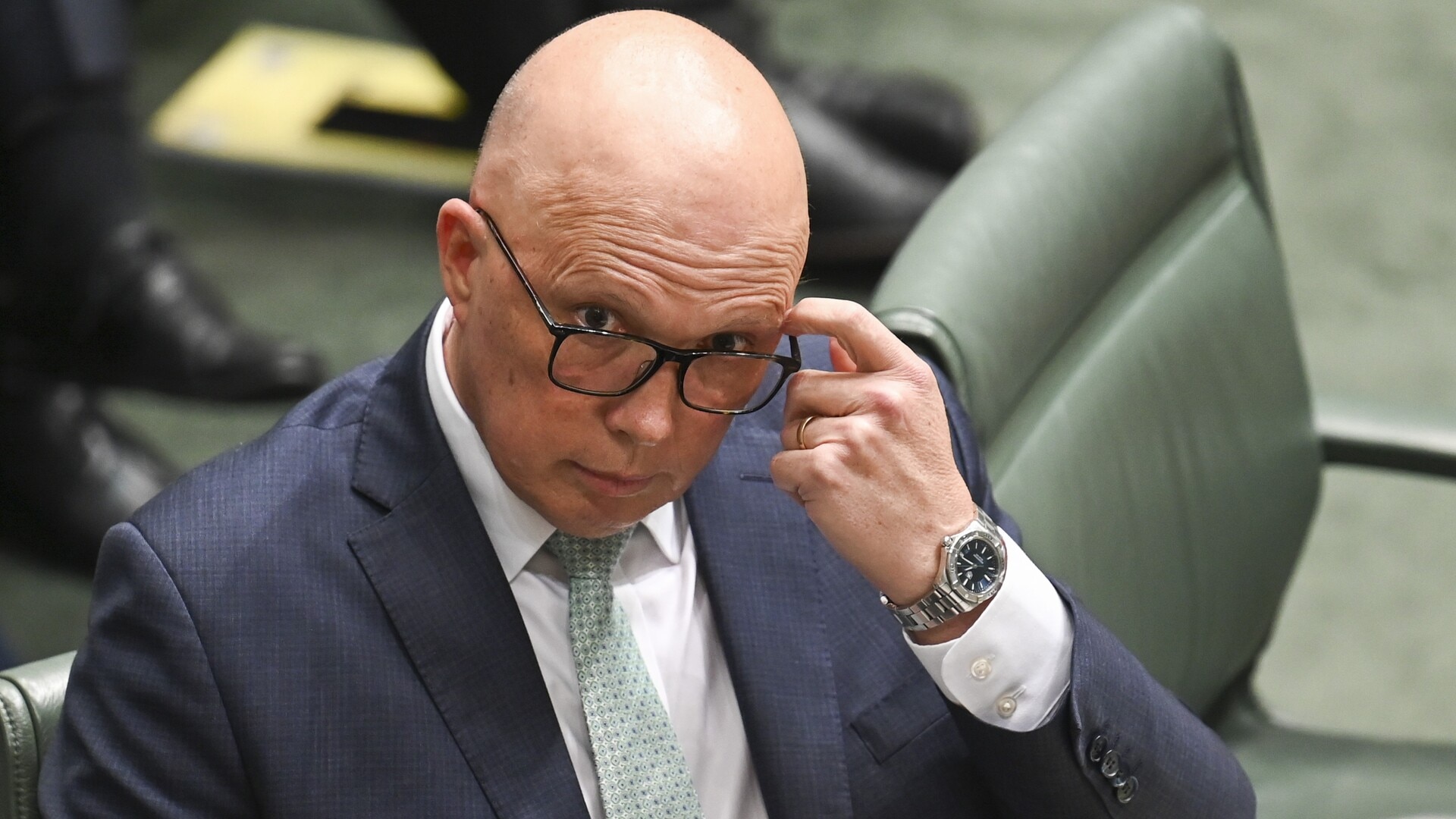
Experts have warned that the Australian dollar could continue to plummet even further after falling sharply to a near-five-year low last week.
The AUD hit 61.84 US cents during Thursday morning’s trading – a dip not seen since April 7, 2020, when it hit 61.85 US cents – but has since risen slightly to 61.89 cents.
At the same time, the AUD has also fallen against the pound, buying just 0.49 British pence.
More and more experts are now predicting the Aussie dollar will soon sink to 60 US cents and below, with Macquarie Bank Ltd Singapore foreign exchange and rates strategist Gareth Berry telling Bloomberg that “A slide all the way to 60 cents is conceivable in the risk case where US equities take fright at an unfolding global trade war, China’s fiscal counter-stimulus is inadequate, and the RBA is forced to cut quickly to lend support”.
Meanwhile, Westpac’s head of foreign exchange strategy Richard Franulovich told the publication there were signs the RBA could potentially cut interest rates at its February meeting, claiming the minutes from the RBA’s December meeting hinted it could soon be “relaxing the degree of monetary policy tightness”.
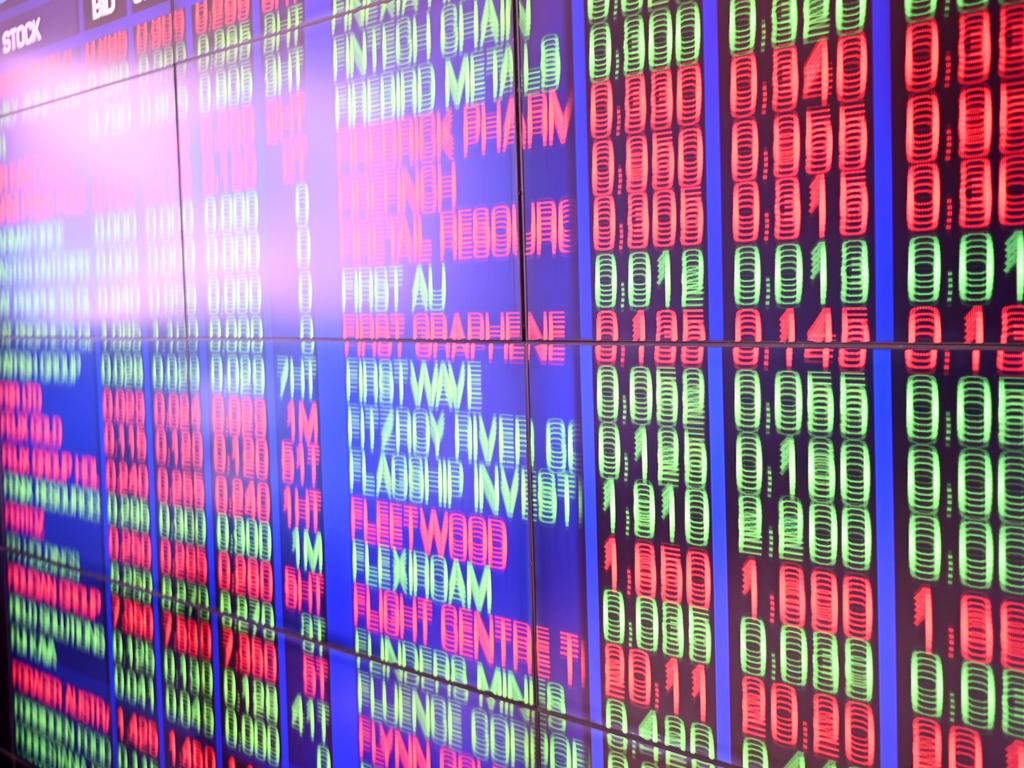
MORE: Sign RBA is creating ticking time bomb
Experts say the weakness in the Aussie dollar reflects overseas factors in China and the US.
Chief strategist at the MB Fund and MB Super, David Llewellyn-Smith, recently said that Australia’s economic prospects have “rarely been more gloomy”, while the US economy “is in rude health”.
“Its household sector is deleveraged. Its corporate sector is posting record profits and margins,” Mr Llewellyn-Smith explained.
“Ahead is an intoxicating cocktail of productivity-boosting AI, weight-loss drugs and automated cars to drive boom productivity.
“That’s before we throw in Donald Trump’s tax cuts and tariffs to keep domestic demand and interest rates firm.”
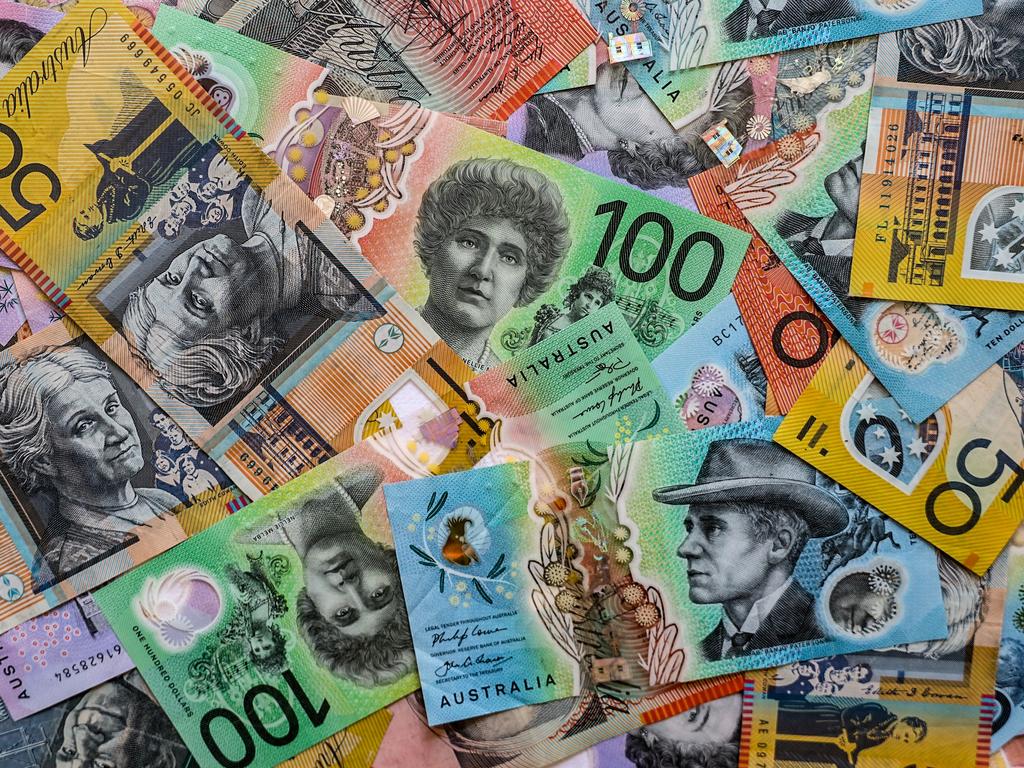
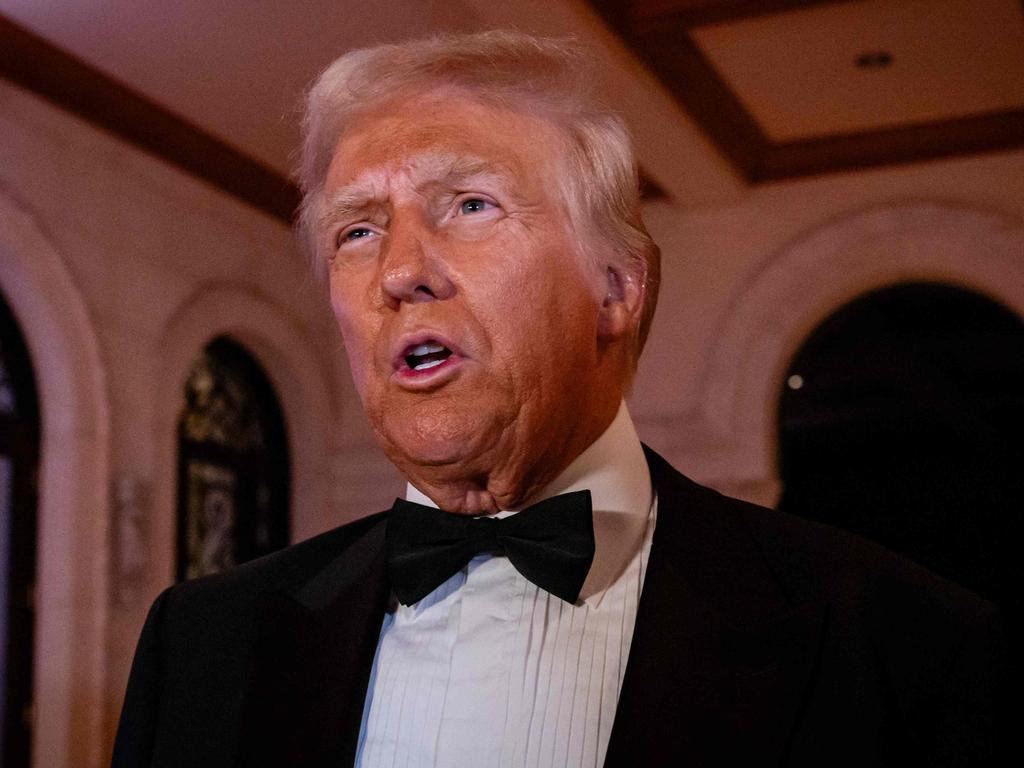
In an investor note, IG market analyst Tony Sycamore pointed to the lead-up to last November’s US election, when President-elect Trump hinted at raising tariffs on Chinese imports to 60 per cent or higher, and a less severe 25 per cent on Canada and Mexico.
“Currently, approximately 60 per cent of imports from China are subject to tariffs averaging 17 per cent,” Mr Sycamore said.
“The market consensus is that Trump’s tariffs on China may rise to around 40 per cent.
“If the actual tariffs are lower than this, it should provide some relief for AUD/USD – however, any increase beyond 40 per cent is likely to weigh heavily on AUD/USD.”
Mr Llewellyn-Smith predicted that “to fully offset the tariffs, (China’s currency) will need to fall 20 per cent”.
“But even a 10 to 15 per cent fall would be very large,” he continued.
“Such a fall would drag the Australian dollar into the 0.50s versus the US dollar.”
The “biggest impact” of a weaker currency is on consumers and businesses that import, capital.com senior financial market analyst, Kyle Rodda, told news.com.au, as well as Aussies looking to head abroad in the coming months.
“Buying products from overseas become more expensive, perhaps prohibitively so, while holidays overseas also become costlier,” Mr Rodda said.
“On the flip side, our exporters benefit from the falling prices that come with a lower Aussie dollar. While some domestic tourism can benefit from the fact that people are more inclined to travel here – noticed all the Americans around recently? – and Aussies are more likely to holiday locally.”
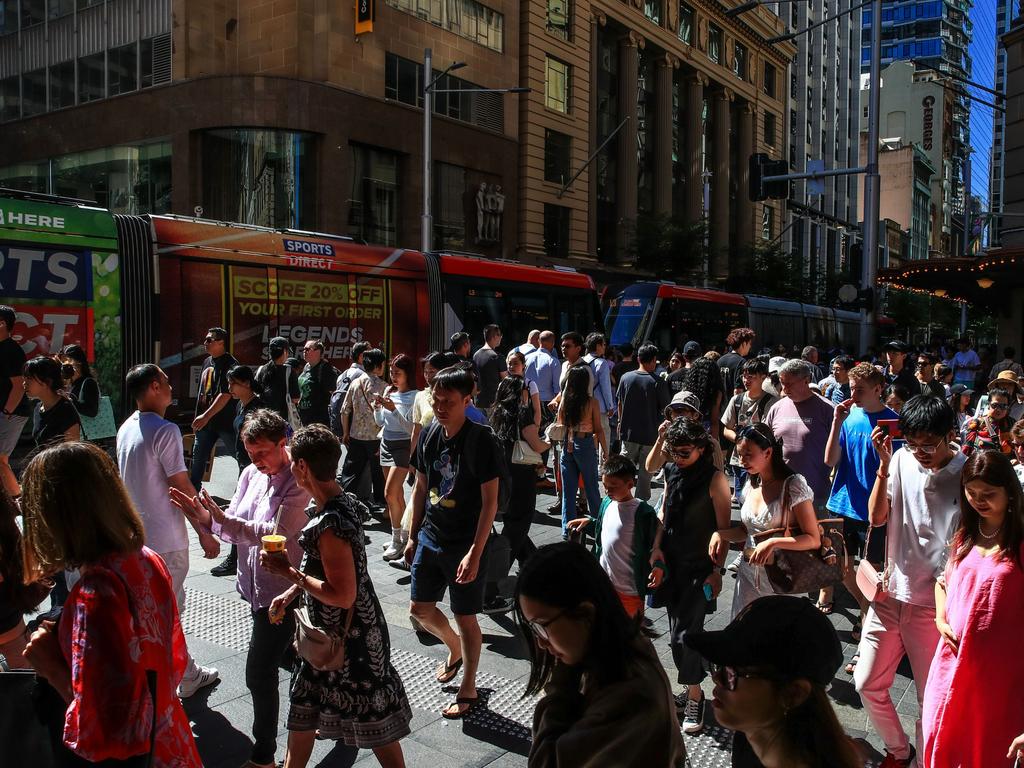
AMP chief economist Shane Oliver told NewsWire last Thursday that if the trend continues, it could impact the RBA’s next rate decision.
“Imports account for between 10 to 15 per cent of the (consumer price index), so it can have a significant impact,” Dr Oliver said.
“It means every fall in the Aussie dollar by 10 per cent adds 0.1 to 0.15 per cent to inflation.
“If it keeps falling from here – say 20 per cent since the start of 2024 – it could have an impact on the RBA’s decision.”
Mr Rodda agreed that a weaker Aussie dollar will “definitely” factor into the RBA’s decision making.
“The lower currency increases the risk that inflation persists and therefore keeps the RBA from being able to lower interest rates,” he added.
“There’s also that stimulatory impact of a weaker currency. But it’s primarily about importing inflation and delaying when the RBA can finally start to cut rates.”
In order to see the AUD reverse course, “I think we need to see either a moderation in US growth expectations, maybe because of weaker data and possibly a watered down Trump fiscal and trade agenda, a significant pick-up in Chinese economic activity and ideally more muscular support from China’s government for its economy, or some combination”, Mr Rodda said.
“Without either, it’ll be difficult for the AUD/USD to pick-up meaningfully. Conversely, if Trump leads to a pick up in inflation and higher interest rates than expected in the US, and the trade war really hits China hard, then AUD/USD could slip below 60 cents.”





